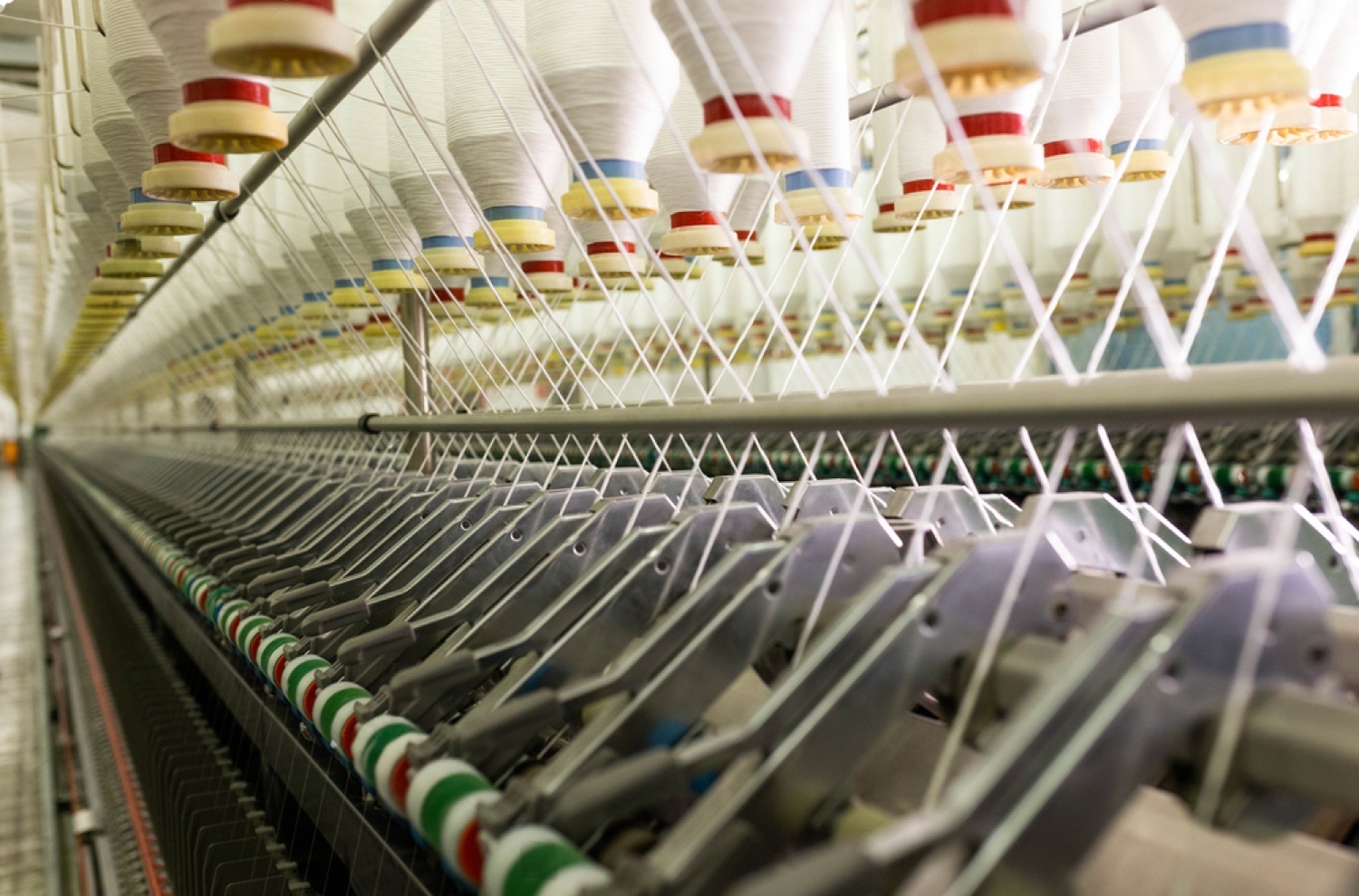INDIA TEXTILE AND APPAREL CITI ASHWIN CHANDRAN INNOVATION SUSTAINABILITY DOMESTIC MARKET GLOBAL MARKET $100 BILLION EXPORT TARGET $900 BILLION GLOBAL TEXTILE MARKET US 50% TARIFF 28% REVENUE FROM US $11 BILLION EXPORTS TO US $250 BILLION DOME NATIONAL
NEW DELHI, INDIA
By IFAB MEDIA - NEWS BUREAU - September 12, 2025 | 139 3 minutes read
India's textile and apparel companies need to double down on innovation to further improve the distinctness and appeal of their products among both domestic and overseas buyers as that could lead to better revenue earnings, Confederation of Indian Textile Industry (CITI) Deputy Chairman Ashwin Chandran said on Thursday, September 11.
“Innovation is no longer a choice. It is a pathway to futureproofing our industry,” the CITI Deputy Chairman said at a webinar on innovative products organized by CITI in partnership with the Thane-based Wool Research Association (WRA) and the Finland-based textile company Infinited Fiber.
Chandran said India’s textile and apparel companies scaling their innovation efforts and embedding sustainability in their operations could ensure that the country’s textile and apparel exporters could move up the value chain and obtain greater leverage in the global $900 billion textile and apparel market. Doing so could prove especially useful in the realization of the $100 billion target set for textile and apparel exports by 2030, especially in the light of the challenges posed by the US imposing a 50% tariff on Indian goods effective August 27, he added.
The US is the single-largest market for India’s textile and apparel exports. India’s textile and apparel exporters derive almost 28% of their revenue from the United States. In the financial year 2024-25, India’s textile and apparel exports to the US stood at nearly $11 billion.
The CITI Deputy Chairman pointed out that domestic customers are increasingly on the lookout for high-performance, functional, and eco-friendly textile and apparel items, which also underscored the importance of greater stress on innovation and sustainability. India aims to raise the size of the domestic textile market to $250 billion by 2030 from around $180 billion now.
Chandran said it was essential that textile and apparel companies piloted innovative products developed at research institutions to make the innovation ecosystem take greater roots in the textile and apparel sector. Incidentally, many innovations developed by R&D institutions often don't reach the market due to these not being commercialised.
Representatives from WRA and Infinited Fiber showcased their innovations at the webinar. WRA showcased a lightweight cricket pad designed to enhance safety and performance. It also demonstrated a smart T-shirt capable of measuring real-time health parameters of the wearer. Infinited Fiber demonstrated ‘Infinna’, a cotton-like fibre produced entirely from waste and recyclable an infinite number of times, representing a breakthrough in circular economy practices.











